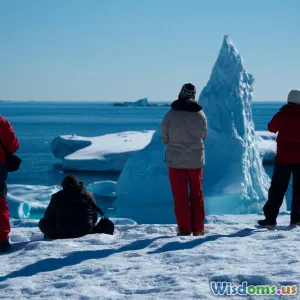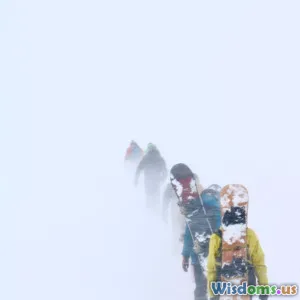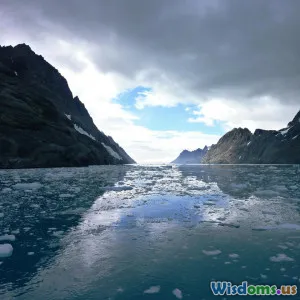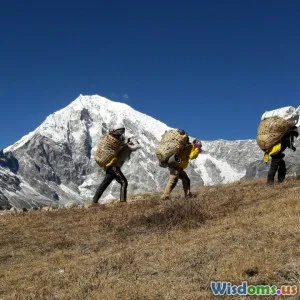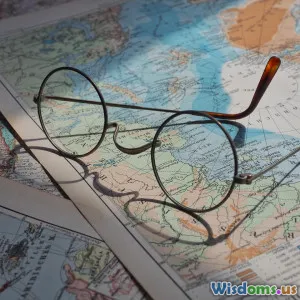
The Real Dangers of Frostbite in Arctic Expeditions Revealed
7 min read Discover the hidden perils of frostbite in Arctic explorations and why awareness and prevention are vital for survival. (0 Reviews)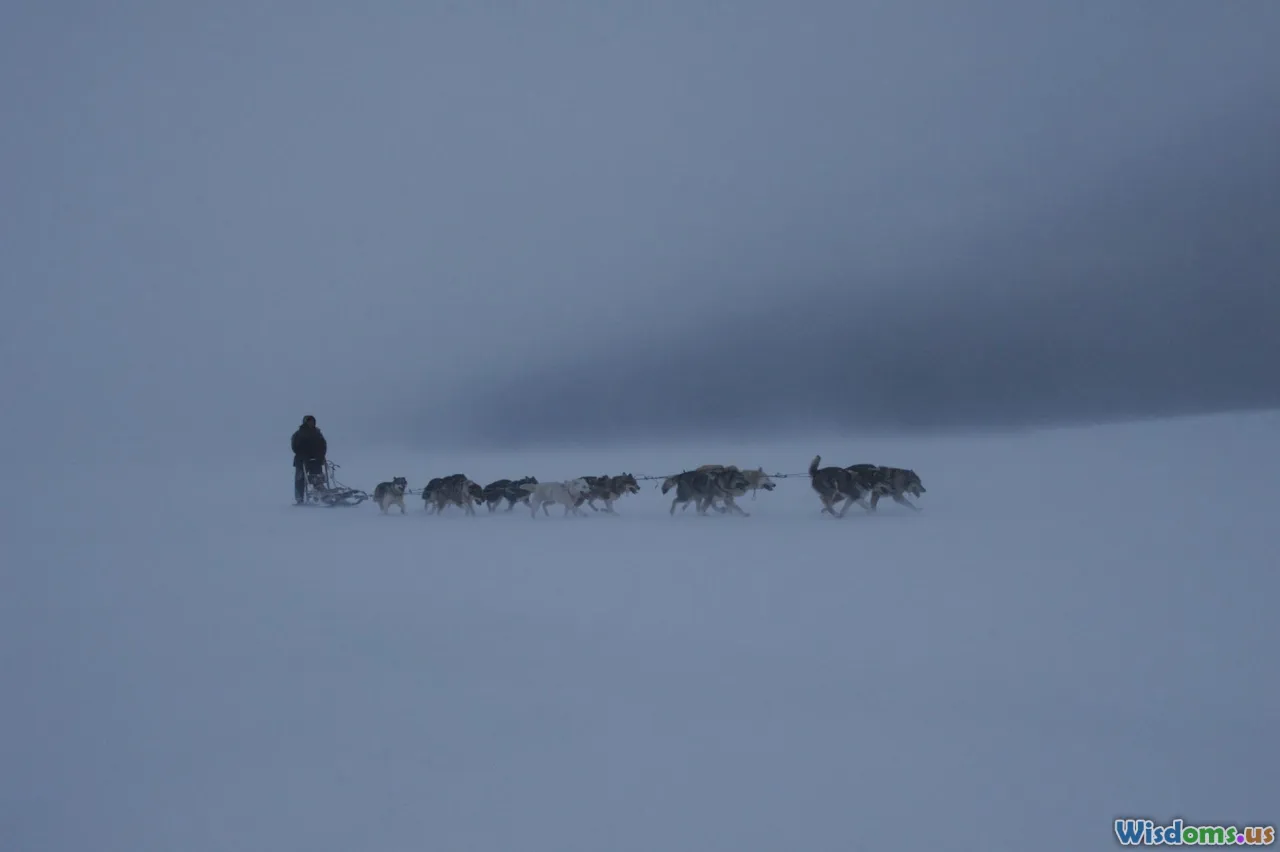
The Real Dangers of Frostbite in Arctic Expeditions Revealed
Venturing into the Arctic is a test of human endurance and determination against some of the harshest elements on Earth. Amidst the breathtaking landscapes and monumental challenges, explorers face a silent adversary that can quickly turn perilous: frostbite. Often underestimated or overshadowed by the glory of survival tales, frostbite remains one of the most severe threats in polar expeditions, capable of inflicting permanent damage and risking lives.
Understanding Frostbite: More Than Just Frozen Skin
Frostbite occurs when skin and underlying tissues freeze after prolonged exposure to freezing temperatures. But this definition barely scratches the surface of its complexity. The Arctic’s bone-chilling cold, often plunging well below -30°C (-22°F), accelerates the freezing of water in the body’s extremities.
Stages of Frostbite
Medical science breaks frostbite into four stages:
- Frostnip: The mildest form, causing redness and tingling; reversible with rewarming.
- Superficial Frostbite: Ice crystals begin forming in the skin and tissue; blisters may develop within 24-36 hours.
- Deep Frostbite: Freezing extends below the skin to muscles, tendons, and bones; severe tissue damage ensues.
- Gangrene and Tissue Death: In the worst cases, frostbite can lead to irreversible necrosis, requiring amputation.
The Hidden Long-Term Consequences
While many narratives about frostbite focus on immediate pain or discomfort, the aftermath can be tragic and lifelong. Victims of severe frostbite often experience:
- Chronic pain and sensitivity to cold, sometimes even months or years after the injury.
- Nerve damage leading to numbness or hypersensitivity.
- Functional impairment of affected limbs, reducing manual dexterity and fine motor skills essential for surviving in extreme environments.
- Psychological trauma can loom, especially for explorers who’ve lost digits or limbs.
Dr. Michael S. Verner, an expert in cold-weather medicine, estimates that around 25% of frostbite survivors encounter long-term complications affecting quality of life, emphasizing the importance of prevention and early treatment (Journal of Wilderness Medical Society, 2019).
Real-World Examples: Frostbite Impacting Legendary Expeditions
Expedition logs from Arctic adventurers consistently highlight frostbite as a pivotal challenge:
-
Sir Ernest Shackleton’s Antarctic Odyssey (1914–1917): Although primarily famed for his shipwreck and rescue, several crewmembers developed frostbite severe enough to disable them, showcasing how vital quick shelter and gear are.
-
Case Study: Sebastian Schnuelle – The Canadian musher and Arctic traveler has openly shared experiences with frostbite during arduous sled dog journeys, emphasizing how unpredictable weather spikes can snare even the most prepared.
-
Modern Military Exercises in the Arctic: NATO’s cold-weather training reports an increased incidence of frostbite linked to inadequate gear or human error, underscoring that even professionally trained personnel are vulnerable.
Why Frostbite Is Particularly Dangerous During Expeditions
Limited Immediate Medical Support
When isolated hundreds of miles from civilization, a minor frostbite injury can escalate rapidly. Remote Arctic camp conditions restrict access to proper wound care and advanced medical facilities, magnifying the risk of infection and complications.
Secondary Risks: Hypothermia and Immobility
Frostbite can impair physical function, increasing the risk for hypothermia. Immobilized or partially incapacitated explorers may be unable to seek warmth or shelter promptly. This snowballs into life-threatening emergencies.
Impact on Group Dynamics and Morale
Expeditions often depend on team cohesion and physical capability. Frostbite injuries not only reduce an individual’s capability but can sap overall group morale, delaying missions or causing dangerous decisions under stress.
Prevention Is the Best Medicine: What Every Arctic Explorer Must Know
Layering and Protective Clothing
Proper layering is essential. Technologies like Gore-Tex combined with insulating materials such as wool or down enable skin to breathe while protecting from wind chill.
Monitoring Weather and Taking Proactive Measures
Dynamic Arctic weather demands constant vigilance. Wind chill factors below -50°C (-58°F) exponentially increase frostbite risk. Timely adjustments to exposure decisions are critical.
Recognizing Early Warning Signs
Explorers trained to notice early symptoms—such as numbness, pale/blotchy skin, and prickling sensations—can intervene swiftly through rewarming techniques and shelter.
Emergency Rewarming Techniques
Field-warm baths, insulated shelters, and chemical hand warmers can stabilize affected tissues until advanced care is available.
Innovating for Safety: Technological Advances
- Smart Wearables: Devices monitoring skin temperature and circulation alert wearers before frostbite sets in.
- Heated Garments: Battery-powered heated gloves and socks mitigate cold exposure dramatically.
- Satellite Communication and Drones: Improved emergency response coordination reduces rescue time.
Conclusion: Respecting the Arctic Means Respecting Frostbite Risks
Exploring the Arctic remains one of mankind’s ultimate adventures, inviting awe but demanding respect for extreme natural forces. As modern explorers test boundaries, the real dangers of frostbite serve as a sober reminder: survival is not just about reaching the destination but preserving one’s body and mind in the face of brutal cold.
Preventing frostbite requires knowledge, preparation, and vigilance. The harsh reality is that even the smallest lapse can have irreversible consequences. By appreciating the severity and adopting advanced protective measures, Arctic expeditions can continue to inspire without succumbing to this often underappreciated threat.
References:
- Verner M.S., "Cold Injury and Frostbite," Journal of Wilderness Medical Society, 2019.
- Shackleton, E. (2016). South!: The Endurance Expedition, illustrated historical accounts.
- NATO Arctic Training Report, 2021.
- Personal accounts of Sebastian Schnuelle, Arctic explorer (www.schnuelleadventures.com).
Stay informed. Stay protected. Respect the cold.
Rate the Post
User Reviews
Popular Posts










